Offers streamlined protocols and A to Z information.

The incidence of male infertility is a global concern due to increasing rates of obesity and diabetes. High rates of smoking, especially in the Middle East and parts of Asia and Eastern Europe, also are a serious risk factor for deterioration in semen quality.
Advertisement
Cleveland Clinic is a non-profit academic medical center. Advertising on our site helps support our mission. We do not endorse non-Cleveland Clinic products or services. Policy
At the same time, sperm testing is becoming increasingly important for couples trying to conceive, but the reliability of results remains highly inconsistent.
“We see in the literature that the quality of andrology testing varies considerably between labs and can be highly inaccurate and unreliable,” says Ashok Agarwal, PhD, Director of the Andrology Center at Cleveland Clinic’s Glickman Urological & Kidney Institute. “Patients spend huge amounts of money and time but are not getting meaningful results. Clinicians and patients are not being well-served.
To address these concerns, Dr. Agarwal and his colleagues Sajal Gupta, MD, the Andrology Center’s supervisor, and Rakesh Sharma, PhD, its coordinator, have co-authored Andrological Evaluation of Male Infertility: A Laboratory Guide. The 215-page book, published in 2016, is a comprehensive one-of-a-kind volume intended for reproductive professionals, specialists, clinicians and lab technologists involved in infertility testing, diagnosis, counseling and treatment.

Ashok Agarwal, PhD (left), and Sajal Gupta, MD
The editors have more than 50 years of combined experience in andrology testing. Dr. Agarwal has edited more than 30 medical textbooks and his research group has published hundreds of peer reviewed journal articles in the past 24 years. A recent study in the journal Andrology determined that Dr. Agarwal’s research group has produced the largest number of peer-reviewed, high-impact male infertility research articles in the world.
Advertisement
Many of the tests described in the new book were researched, developed and standardized in the Andrology Research Lab directed by Dr. Agarwal.
“Our guide informs readers about best practices and standard operating procedures for each test for male infertility,” Dr. Agarwal says. “It provides streamlined protocols and A to Z information. It describes everything from equipment and supplies needed to set up a lab to licensing and accreditation to step-by-step instructions and illustrations for each clinical protocol. It is useful for everyone in the field, but especially for reproductive professionals working in in vitro fertilization and andrology laboratories around the world,” he adds. “In fact, for each test we provide a one-page visual summary that can be removed from the book and displayed right at the bench.
“Our team worked nonstop for almost three years to produce the laboratory manual,” Dr. Agarwal says. “It was a labor of love.”
The editors hope that by following the time tested, evidence-based best practices and protocols presented so clearly in their book, labs worldwide will be able to better assist millions of couples trying to conceive.
Advertisement
Advertisement
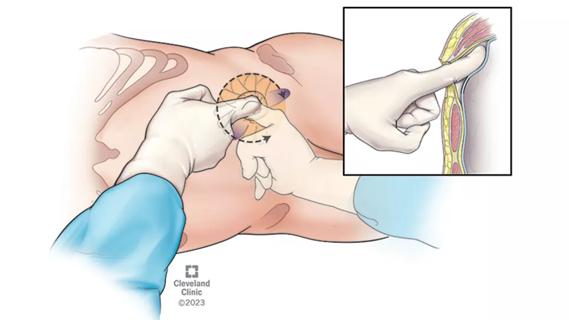
Pioneering and refining the approach in pyeloplasty, nephrectomy and more

Unlike earlier pills, new drugs do not cause liver toxicity
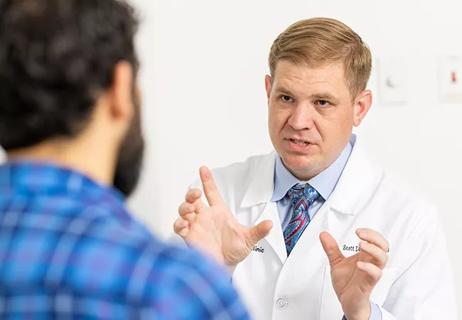
Male factors play a role in about half of all infertility cases, yet men often are not evaluated
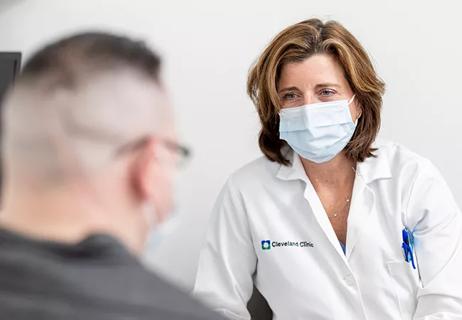
Hadley Wood, MD, shares her vision as the new editor-in-chief of Urology
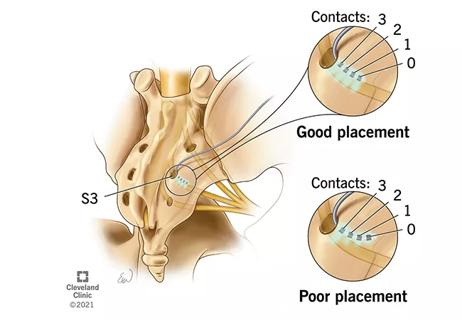
Study leverages data from the ROSETTA trial
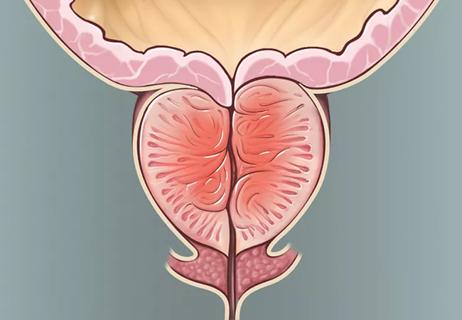
More on the procedure and the institutional experience

Explain some, but not all, of lower utilization
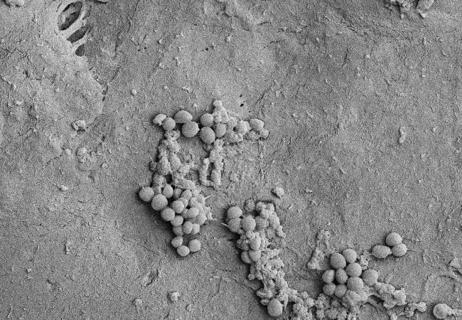
Study analyzes device biofilms, establishes basis for future developments